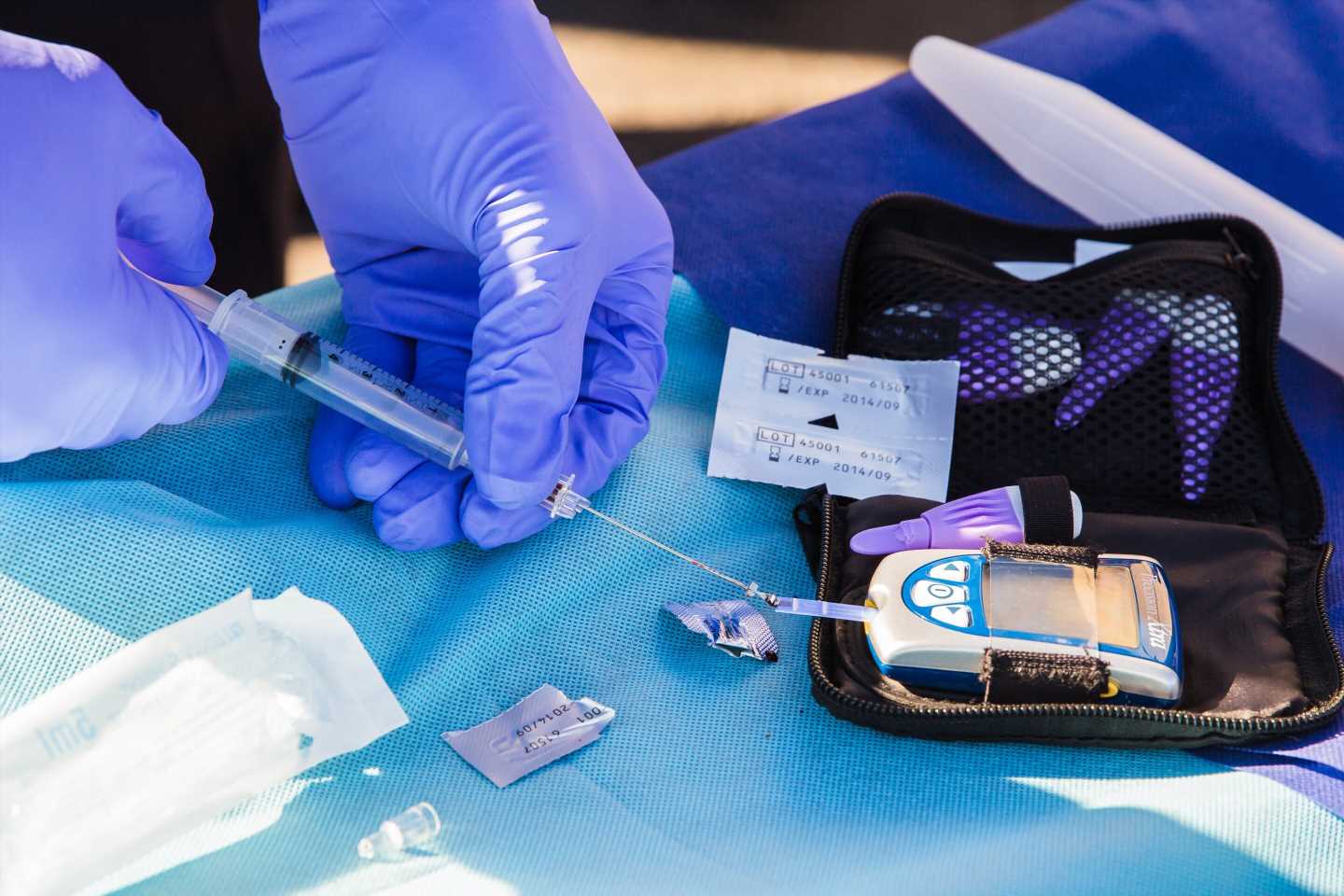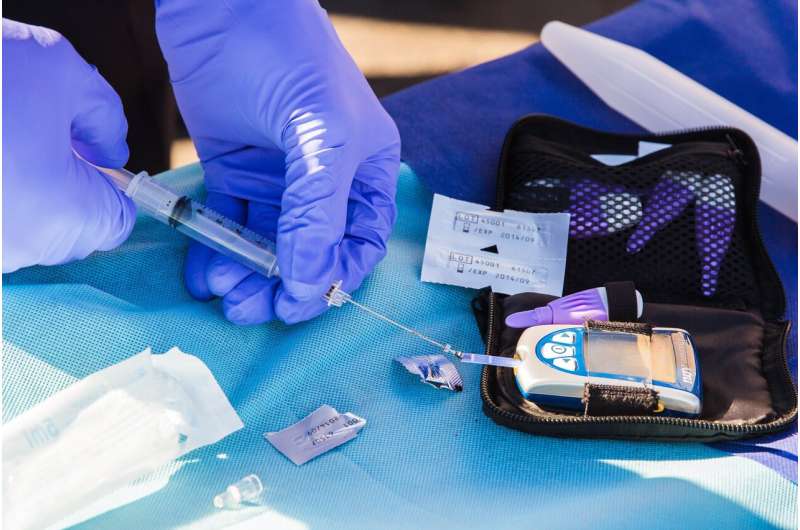

Among patients with type 2 diabetes, minority racial/ethnic groups have higher rates of diabetes complications including cardiovascular disease, chronic kidney disease and hypoglycemia (low blood sugar). These groups may especially benefit from newer diabetes medications that target these complications, but there may be limitations to access. Johns Hopkins Medicine researchers have examined the association of race and ethnicity with the initiation of newer diabetes medications, which are GLP-1 receptor agonists, DPP-4 inhibitors and SGLT-2 inhibitors.
In a study published Jan. 24 in The Lancet Regional Health – Americas, Scott Pilla, M.D., M.H.S., an assistant professor of medicine at the Johns Hopkins University School of Medicine, Ahmed Elhussein, M.P.H, Jeanne Clark, M.D., M.P.H and their colleagues conducted a study to determine how often patients of different racial or ethnic groups started newer diabetes medications. This study used data gathered from 2005 to 2019 in the Look AHEAD (Action for Health in Diabetes) study, a large clinical trial conducted at Johns Hopkins and other sites across the U.S.
“Over the last two decades, there have been several new medications that have been shown to be beneficial to patients with diabetes complications like heart disease and kidney disease,” says Pilla. “These medications are often more expensive, and we worry that the groups needing them most might not have access.”
Pilla says because diabetes is a progressive disease and a patient’s blood sugar is likely to increase over time, it’s common for people to need more treatment as they live with diabetes longer. He adds that people with diabetes are often in a situation where they have to decide which new medication to start.
Pilla and his colleagues reviewed the data gathered on nearly 5,000 patients with type 2 diabetes and compared their rates of starting newer medications. They found that compared with white patients, all minority groups were less likely to start newer diabetes medications. These results were statistically significant for Black patients, who were 20% less likely to start newer medications, and American Indian or Alaskan Native patients, who were 50% less likely. While patients with lower income were also less likely to start newer medications, the effect of race and ethnicity was present regardless of a patient’s income.
“It’s important to note that the findings were not driven by income,” says Pilla.
Pilla says he and his colleagues have uncovered a larger problem that requires more research.
“There are several major possibilities as to why this inequity exists,” says Pilla. “Patients may have differences in access to medications, there may be differences in how they are treated by doctors or there may be differences in patient preference.”
Pilla says the next step in his team’s research is to understand how insurance coverage impacts which diabetes medications get prescribed. He also hopes to better understand patient and doctor preferences for different types of diabetes medications.
Source: Read Full Article